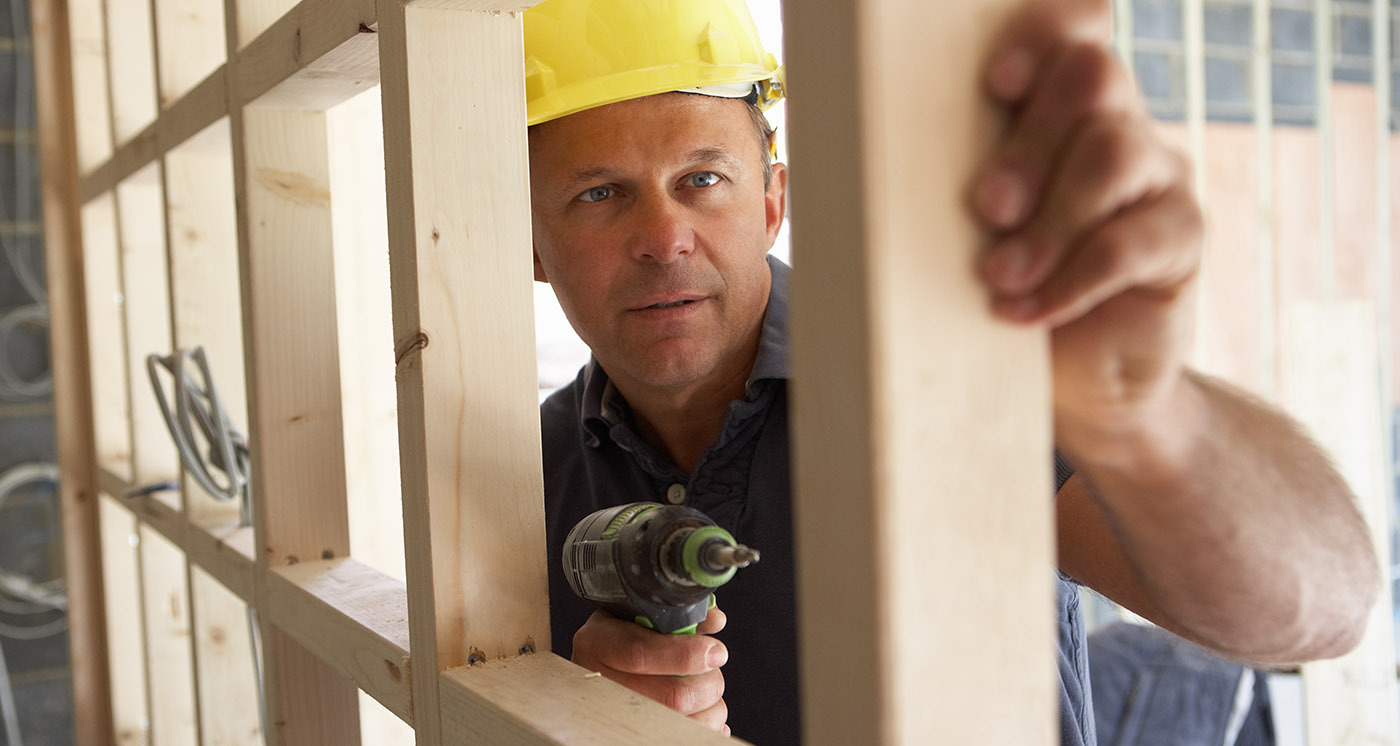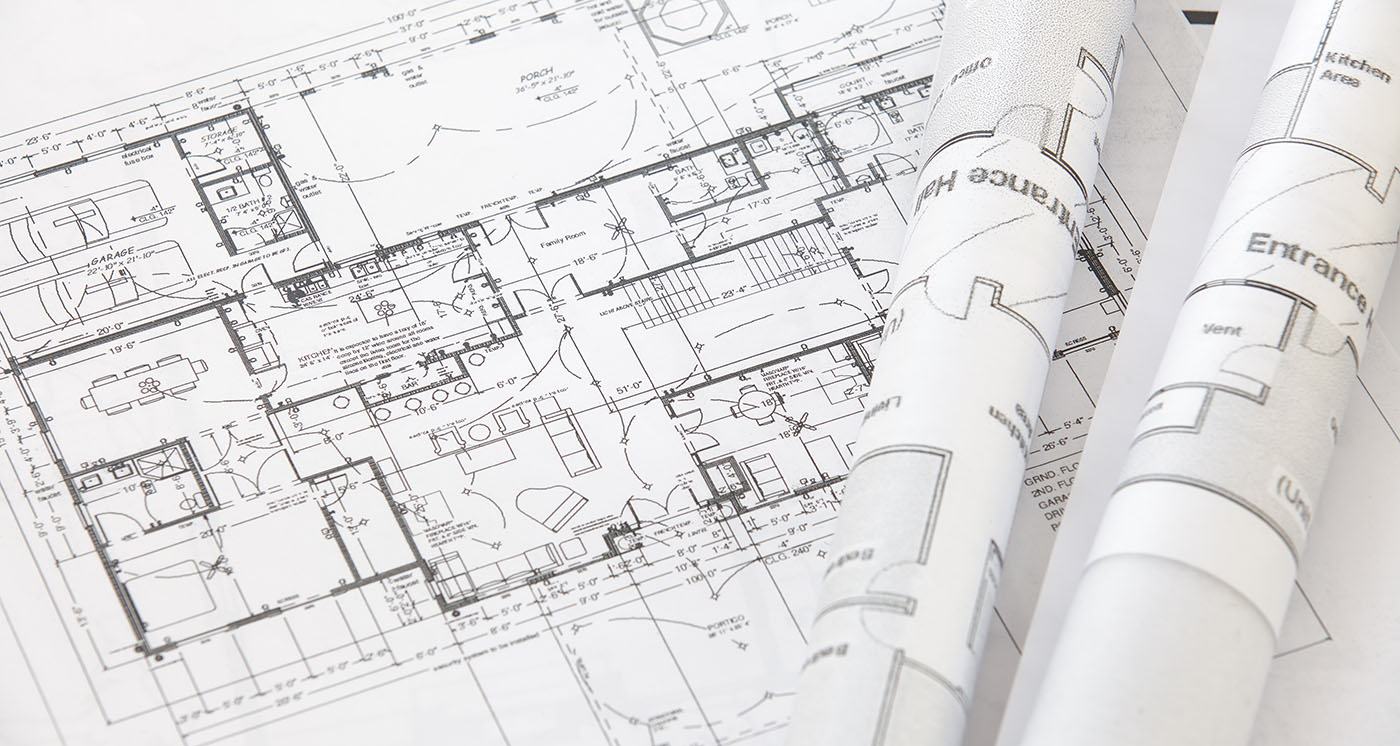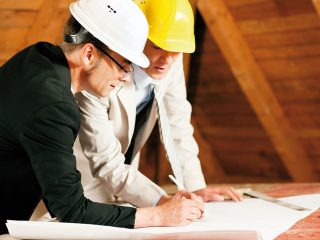The Advantages of Timber Frame Building.
Compared to the traditional way of building a house, Timber Frame construction has many advantages.
Wood has been used for building homes for thousands of years. In the post-war 1950’s when necessity demanded a cost effective method of building, Timber frames and off-site construction was extensively used. More recently Timber Frame construction has really become one of the most popular methods of construction and understandably so.
One of the key advantages of working with Timber frame, is that design and fabrication can be prepared and signed off before arriving on site which helps save time and money.
Added to this, having a pre-prepared Timber frame also offers a large degree of flexibility when building a new house. The frame can be clad in a variety of materials including timber panels, bricks or stone all of which can complement local planning requirements. Timber frame is also relatively light and therefore makes it more economical to transport and sometimes more suitable for use in difficult land conditions, like brownfield sites for example.
Using Timber frame also benefits from high environmental credentials. By using a sustainable material like wood, from managed forests, Timber frame construction has a minimal environment impact.
Below are just 10 examples of the advantages of building using sustainable Timber frames.
Wood, Naturally.
Timber is one of the few natural and organic building materials. In the majority of cases, wood is non-toxic making it safe to handle and touch. It constitutes no risk in terms of hazardous leaking of chemicals or particles into the living areas of a house. It also ages extremely well.
A sustainable resource.
Timber has been used for building homes for thousands of years. It’s a natural and sustainable material which also benefits from being renewable. With managed forests, we are able to grow timber more quickly than we use it and many countries that produce timber abide by strict policies ensuring felled timber is replaced by new trees more rapidly that it is used. Utilising locally sourced timber means less energy is used in the transportation of building materials.
Efficient Energy Production.
Converting timber to a building material takes minimal energy. It’s one of the most environmentally produced materials on a building site!
Wood Stores Carbon.
Trees draw carbon from the atmosphere and capture it within it’s cells. So using timber in the construction of buildings keeps carbon contained for the life of the building.
Wood. The perfect insulator.
Timber has excellent insulation properties and can help reduce energy when used in windows, doors and floors. A timber frame also allows for plenty of space for other forms of house insulation too – compared to a brick built house. Added to this, a better insulated home requires less energy to heat and cool.
Energy efficiency advantages over the longer term.
Studies of the Life Cycles on houses show Timber frame out-performs steel and concrete significantly.
Ease of use.
Timber is a very user friendly material and can be used in a variety of ways. Inherently light, it’s easy to install and can be worked using basic tools which reduces the use of energy. Different types of timber have their own individual characteristics offering a host of colour, texture options and strength, to name a few.
Speed of manufacture.
Timber frames can be constructed quickly and efficiently and to extremely high tolerances which saves valuable time. A Timber frame building can be erected far more quickly than conventional brick or stone buildings.
Airtight Build.
Timber frames can produce air-tight houses which mean that heating systems like Air Source, Solar and Geothermal can be utilised to create near carbon neutral living.
Standing the test of time.
Once a Timber Frame is in place, it needs no further maintenance.





